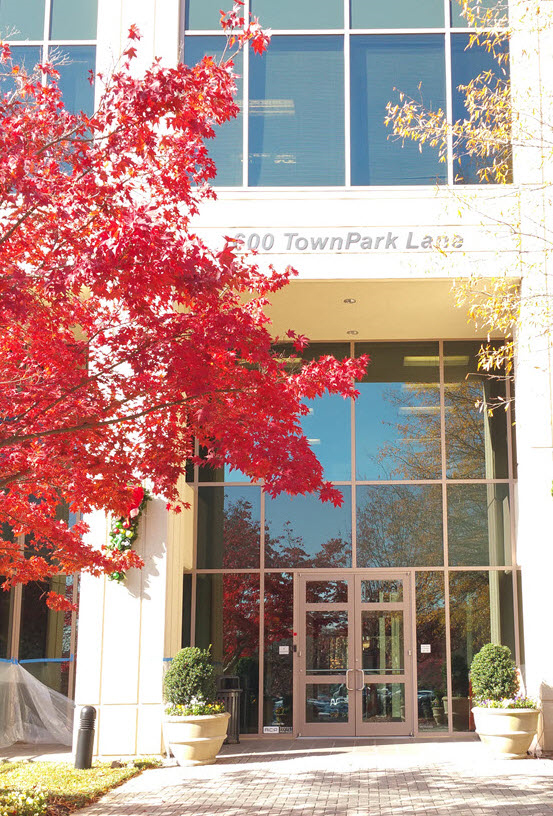Here's what you need to understand cellular installment, from NFC to contactless and more.
The way we pay for food and refreshments in today’s globe has been altering at a super rate. Inside the largest metropolitan areas of the nation, someone aren’t delivering wallets out with them — they’re bringing their cell phones.
As technologies continues to advance, those pricey small units is increasingly connected to the sides. The Reason Why? Because they’re getting more capable of holding everything we truly need: our payment information, our very own gymnasium and commuter passes, the restaurant commitment cards, and a lot more.
What makes mobile and contactless repayments feasible at most shops and dining was a development also known as Near Field telecommunications (NFC). NFC enables two tools (a smart phone and an installment terminal) to speak with each other whenever they’re near along, conducting a transaction and operating payment via an encrypted signal.
With all the development and evolution of this ability, individuals are progressively using mobile money, cellular purses, and mobile cash transfers. In fact, mobile spend is anticipated to boost from $207 billion in 2018 to $360 billion by 2022, according to Worldpay’s international repayments Report 2018. With these types of rapid growth and use, cellular money became difficult for diners to ignore.
Mobile Payment use is rising
You might think that cellular fees (or spending by phone) is merely a trend among millennials. But cellular repayment deals in the point of purchase system at this time take into account 9% of marketing yearly.
One reason why the reason why the use of mobile repayments has increased could be the expanding popularity of cellular money transfers among friends and family. Mobile phone wallets like Venmo and Revolut have offered users with the ability to send and receive funds electronically from one another, removing the hassle of obtaining to stay with earnings or with a bank exchange. Mobile money transfers digitize this activity, encouraging and normalizing making use of cellular purses as a contactless repayment system.
How typical will it be becoming? Over fifty percent men and women surveyed as part of the SYS U.S. Consumer repayment research (51%) mentioned they’re enthusiastic about attempting mobile wallets as opposed to a payment card.
A bit more informative data on mobile purses: Smartphone wallets promote straightforward entry way to mobile repayments, because they frequently don’t require an actual physical credit or an outlet stop by at get create. Alternatively, cellular wallets is put up right from a user's smart phone.
And not just include cellular costs getting normalized: They benefit both restaurateurs and their visitors. For visitors, there’s the convenience facet, allowing them to efficiently shell out the way they prefer. Eg, friends eating at a cafe or restaurant that makes use of purchase and spend at the table can view the menu, making requests, and spend straight from the genuine convenience of her mobile device. And restaurateurs, discover additional safety benefits, consumer loyalty bonuses, and quicker exchange speeds when compared with standard installment strategies.
Let's discuss  the basic principles of mobile money for restaurants and why you should look at implementing the ability inside cafe — when you yourself haven’t already.
the basic principles of mobile money for restaurants and why you should look at implementing the ability inside cafe — when you yourself haven’t already.
1. Portable Payments become Protected
There are many concerns about the security of mobile deals in restaurants. Some eatery owners believe when repayment info is easily accessible through one's mobile or wearable tool, they’re at an increased danger for theft and deceptive use.
NFC — which we covered above — and EMV — involving cards containing both a microprocessor processor therefore the main-stream magnetized strip for swiping bank cards — supply the exact same levels of chargeback and obligation defense. But, NFC really offers higher protection than an EMV purchase. With NFC, there’s an additional amount of protection considering user cellphone accessibility and biometric individual authorization like Apple’s FaceID.
While still optimized for speed, mobile repayments usually require extra verification steps for people to complete a transaction, which just bolsters protection. Positive, mobile transactions aren't sent over the internet as you might imagine. This is why cellular purchases much more secure since online connections maybe vulnerable to violation.
Businesses Insider keeps stated that cards information is tokenized with mobile payments, "which ensures that it can’t become acquired and utilized for fake deals." This tokenization try just one more way in which NFC (and cellular payments typically) tend to be more secure than EMV deals.
